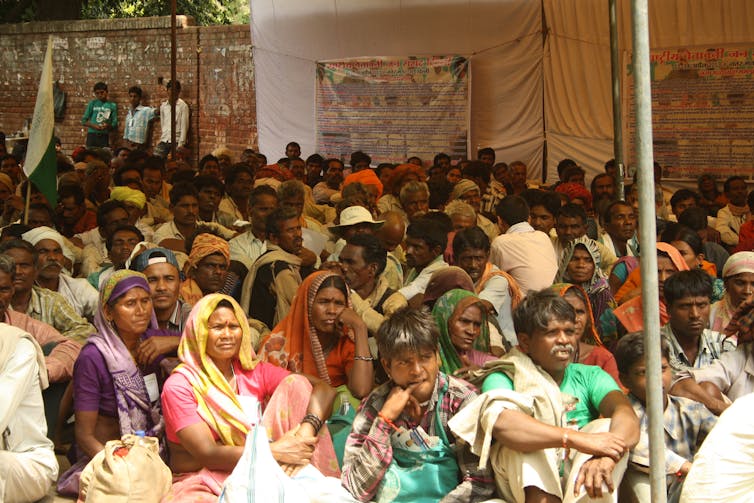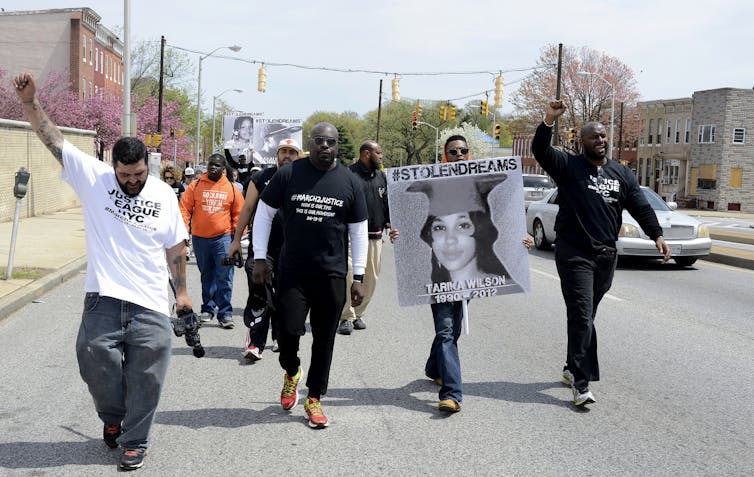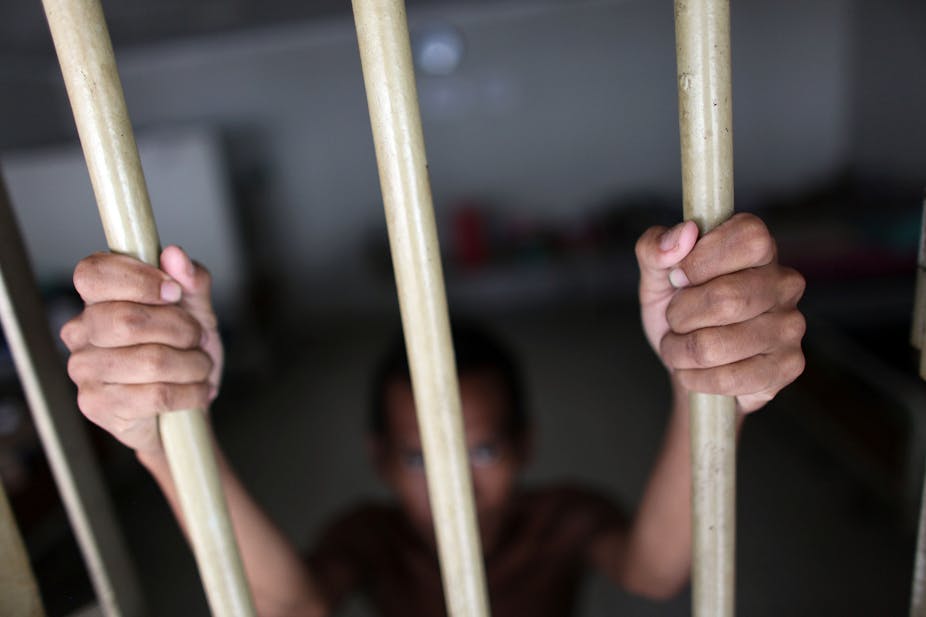Comparisons can be risky, but not impossible.
Consider for a moment India’s Dalits, or “untouchables,” and African Americans.
Racial inequality in America has its parallel in caste inequality in India even though by definition, race and caste are not the same thing. The story of one struggle for social justice can illuminate the pitfalls and prospects of success of another.
As a researcher in applied ethics, human rights and global development studies, I am leading an ongoing research effort that will compare and contrast the nature of exclusion and marginalization faced by African Americans and Dalit Indians in their respective historical and contemporary contexts.
The Dalit story
Although the Indian constitution bans discrimination on the basis of caste, the social, religious and cultural practice of “untouchability” continues unabated.
Formerly known as “untouchables,” Dalits are excluded from social and public spaces, prevented from drawing water from public facilities and segregated in schools.
Since the caste system was formed over 2,000 years ago, a noticeable percentage of the 200 million “Dalits” have been thrust into the lowest occupations of society, such as scavengers and sanitation cleaners, with little upward mobility.
While there has been some progress since India’s independence from the British Empire, the pace of economic growth in mitigating social inequality has been uneven.
So, in an Indian nation that is rapidly modernizing and urbanizing, opportunities for the Dalits still remain limited. The degradation and the health risks of performing menial tasks are substantial.
Furthermore, with the rise of Hindu fundamentalism in national politics, the continuous expansion of liberty and equality of opportunity is by no means a foregone conclusion.
Discrimination, exclusion, privilege
One can draw parallels in different systems of oppression.
Despite 50 years having passed since the Civil Rights movement, the condition of the majority of poor, urban African Americans is dire, and chances for survival are diminishing over time while the prison pipeline is increasing.
Let’s look at how both caste and racial discrimination perpetuate hierarchy, privilege, discrimination, marginalization and exclusion.
Data from the last few years show 27% of African Americans at the poverty line, which is much higher than other groups. In India, the condition of Dalits has been extremely dire for centuries.
Several African American economists in the US have looked at structural and institutional forms of racial exclusion in terms of wealth and poverty. They have also opened a dialogue with economists in South Asia, where exclusion and inequality relate to caste.
Although some progress was made in the 20th century that allowed greater inclusivity and equity – particularly in higher education – many issues remain despite constitutional bans on caste discrimination.

In America, cultural and political segregation of the public space continues to occur despite anti-segregation laws.
For example, there are concerns among some Supreme Court justices that redistricting of voting districts can lead to further racial inequality.
In India, Dalits in rural villages are forbidden near Hindu temples or disallowed with their shoes on in higher-caste neighborhoods. Mob violence is committed against them with impunity, and a disproportionate number of rapes are committed against Dalit women.
In comparison, post-Civil War white mob violence against blacks has morphed into what one could describe as the state-condoned violence of homicides of African Americans by police today. As of June, out of 467 Americans nationwide who had been killed by cops since the beginning of 2015, 136 were African American.
How race and caste work
Looking at exclusion in America forces us to grapple with issues of violence against African Americans, racial inequality and racial injustice at a time that is often deemed “post-racial,” namely, five decades after the Civil Rights movement.
We see a similar pattern in India, wherein the Dalits are asked to believe that the Indian constitution bans discrimination, even though it does not abolish the caste system itself.

It is after the successes of the African American Civil Rights movement that we have witnessed the birth of the school-to-prison pipeline, state violence against a disproportionate number of African American men in police killings, and the turning back of affirmative action at public universities in some states’ constitutional amendments, such as Michigan.
Meanwhile, with right wing conservative political power in India, caste discrimination is intensifying.
For example, Dalit Christians and Dalit Muslims are not eligible for reservations, or what we in the US would call affirmative action benefits at universities, because technically “untouchability” exists only in Hinduism, when in social reality it occurs across religions in India.
Historically, both race and caste have been used to divide society in many ways to the unfair advantage of certain groups over others. Again, there are similarities in the construction of how people have been forced into these categories.
Here in America, people are born into a “race,” and America uses race as a defining demographic category in its census. Biological race by nature, for now, is inescapable, even though some would say that “race” is an artificial category that is socially constructed.
Dalits, too, are born into a caste, which is unalterable, as they are told, and it is due to the sins of a previous life that they are paying the price in their current life. Hinduism believes in the transmigration of the soul, in which the soul enters a new body after death. The caste that one enters into depends upon the actions of a previous life.
The two democracies should learn from each other
So how can the US and India learn from each other in order to solve some of the most pressing problems for the world’s two largest democracies, both of which consider themselves secular and free?
If nations can cooperate on trade and development, there is no reason that they cannot participate in a global dialogue on minority rights through the lens of their religious, cultural and social heritages.
They must learn to come to grips with the fact that the mere assertion of a democratic society does not necessarily translate in to a free and equal one.
Modern democratic superpowers with sizable national wealth, such as the US and India, also have a dark side, involving what some would consider gross human rights violations.
My work will set out to explore how different democracies can promote tolerance, inclusion and pluralism while combating various forms of discrimination and exclusion based on race and caste.
The question will be how to evaluate the claim that both societies make, as the two largest, most “peaceful and successful” democracies in the world.

